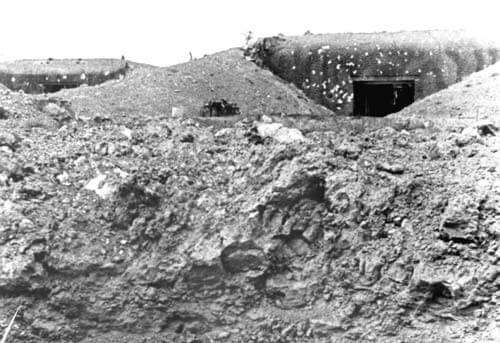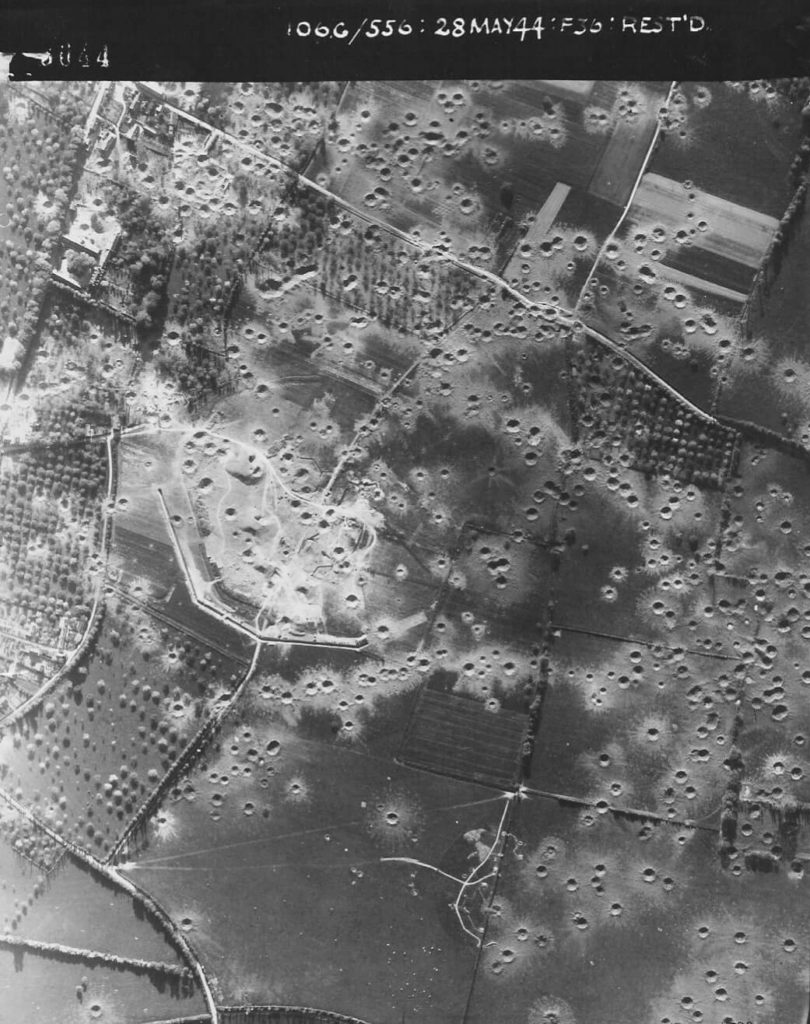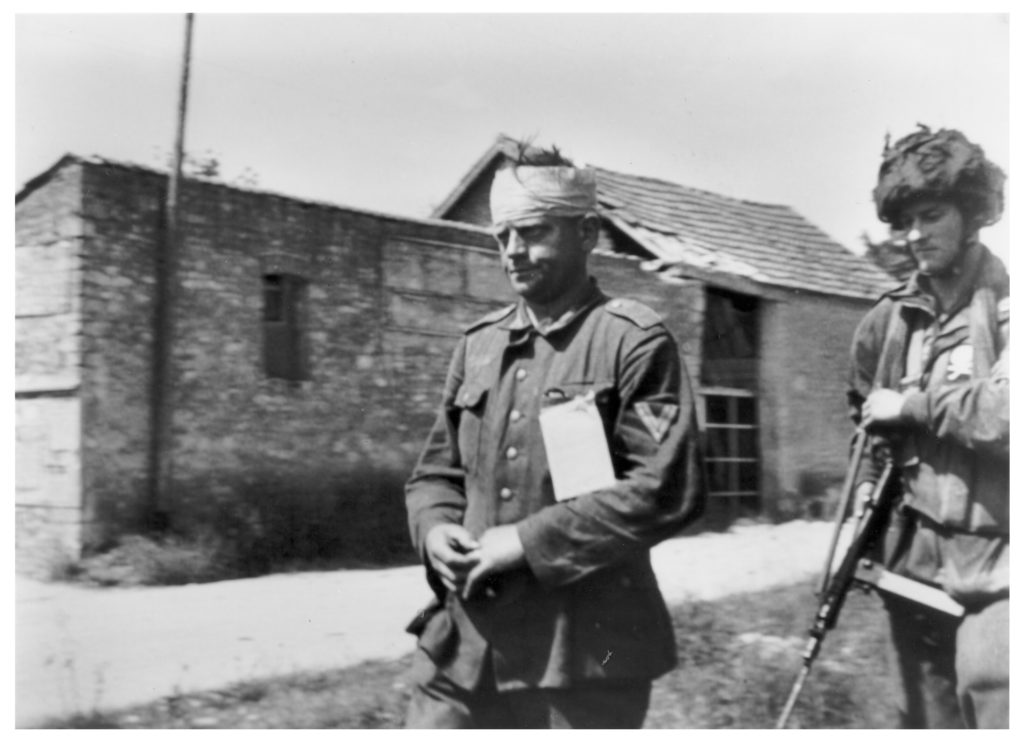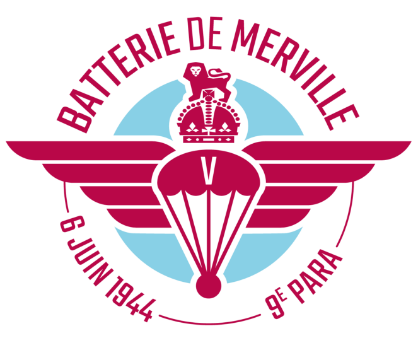The Battery
Accueil » The Museum » The Battery
The construction of the Merville battery
As elsewhere on the Atlantic Wall, the Todt Organisation was responsible for constructing the Merville Battery.
The Todt Organisation (named after its founder, civil engineer Fritz Todt) commissioned the Rittmann Company to carry out the work. This company had offices in Houlgate. As elsewhere, both local labour and foreign workers were used.
The first concrete pillbox to be cast was number 1, also known as a type H611, the largest of the four pillboxes. This was followed by pillboxes 2, 3 and 4, all type H669.
Pillbox H611 required 1400 m³ of concrete, compared to just 500 m³ for the others. It also required the excavation of about 800m³ of earth and 70 tonnes of reinforced concrete to strengthen it.
This huge concrete pillbox was covered with earth to blend in with its surroundings. It looked like a vast mound.
The work continued with the construction of the command bunker, the men’s bunker and the ammunition bunkers. Elements needed to set up a flak battery, machine gun dugouts, shelters and various communal areas also built, and a large anti-tank ditch was dug in front of the pillboxes (having been designed to surround the site completely, it nevertheless remained unfinished). Naturally, minefields and barbed wire networks reinforced the defence of the battery.
Following Field Marshal Rommel’s visit to Merville on 6 March 1944, the Todt Organisation was ordered to significantly speed up the work of sheltering the two howitzers still out in the open in their respective recesses. The last two concrete pillboxes were completed in May 1944.
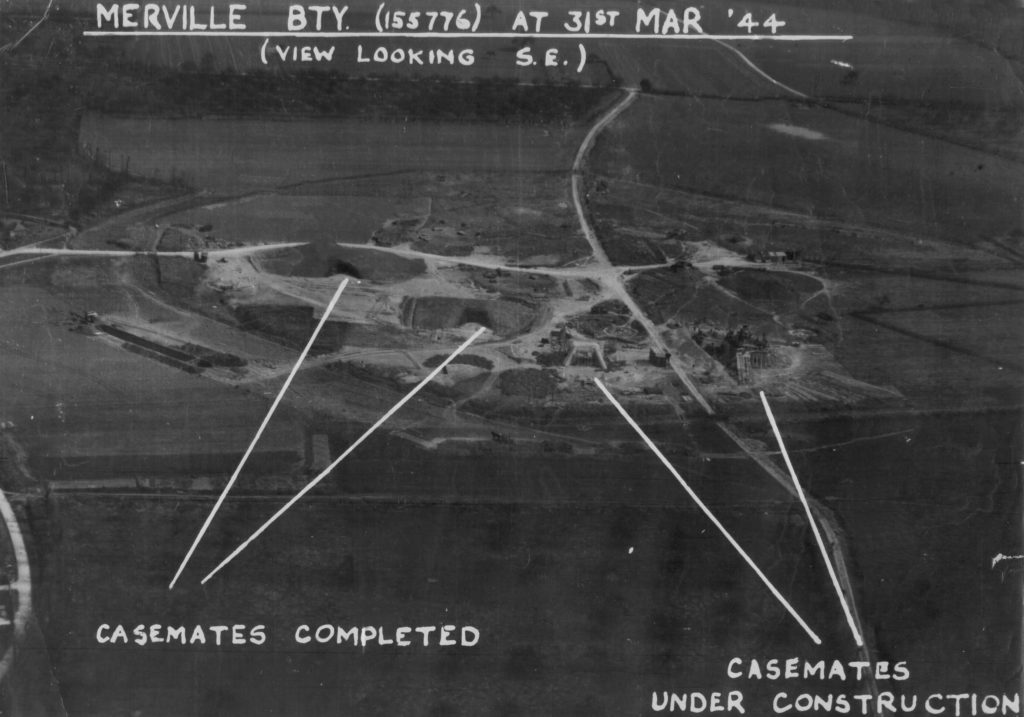
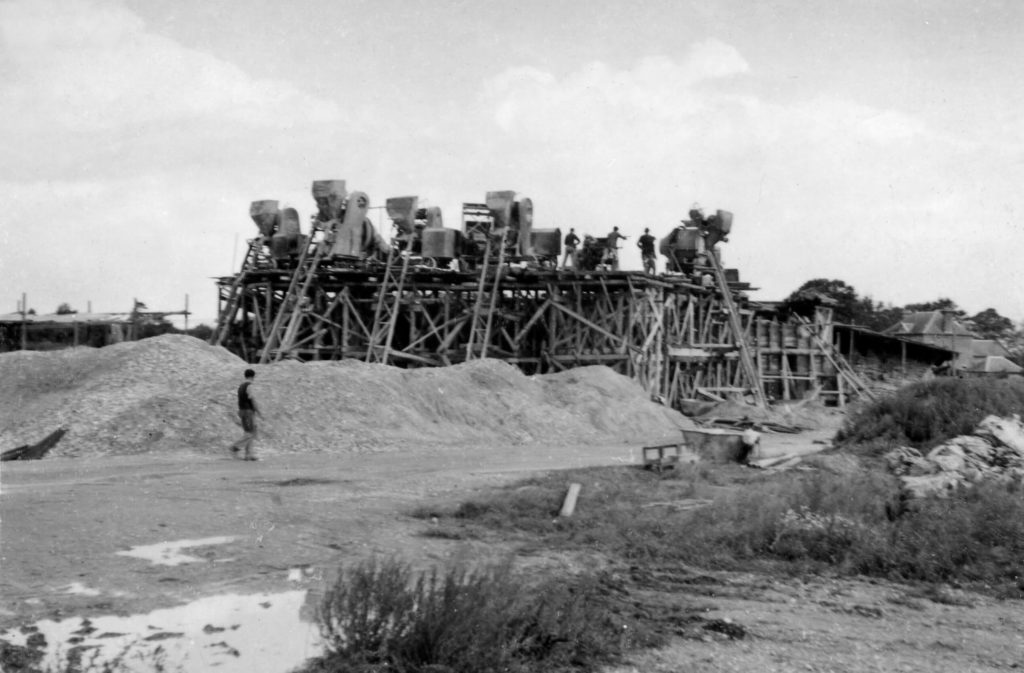
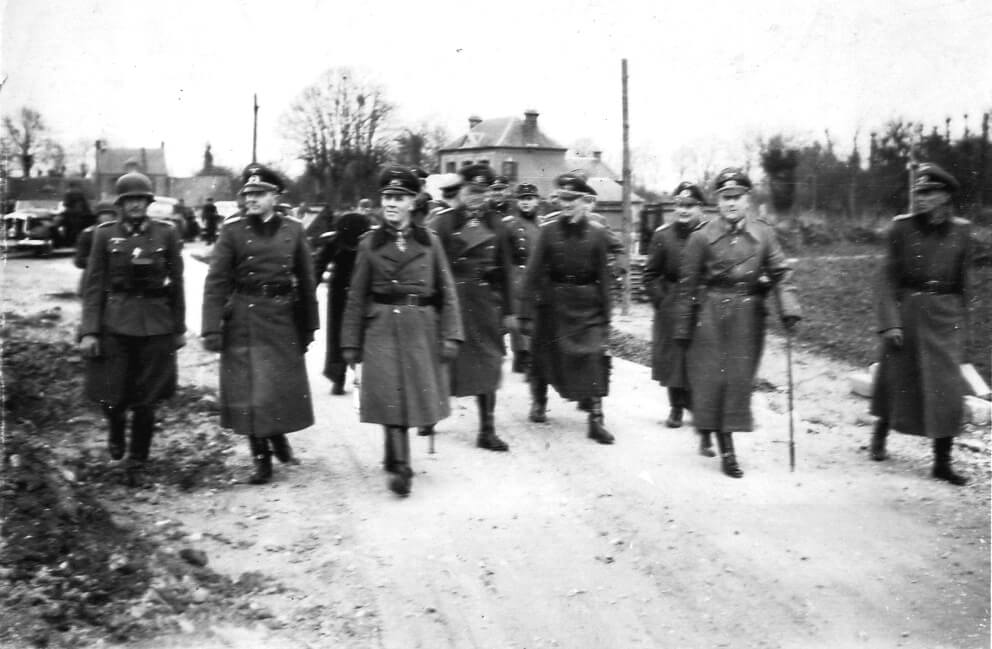
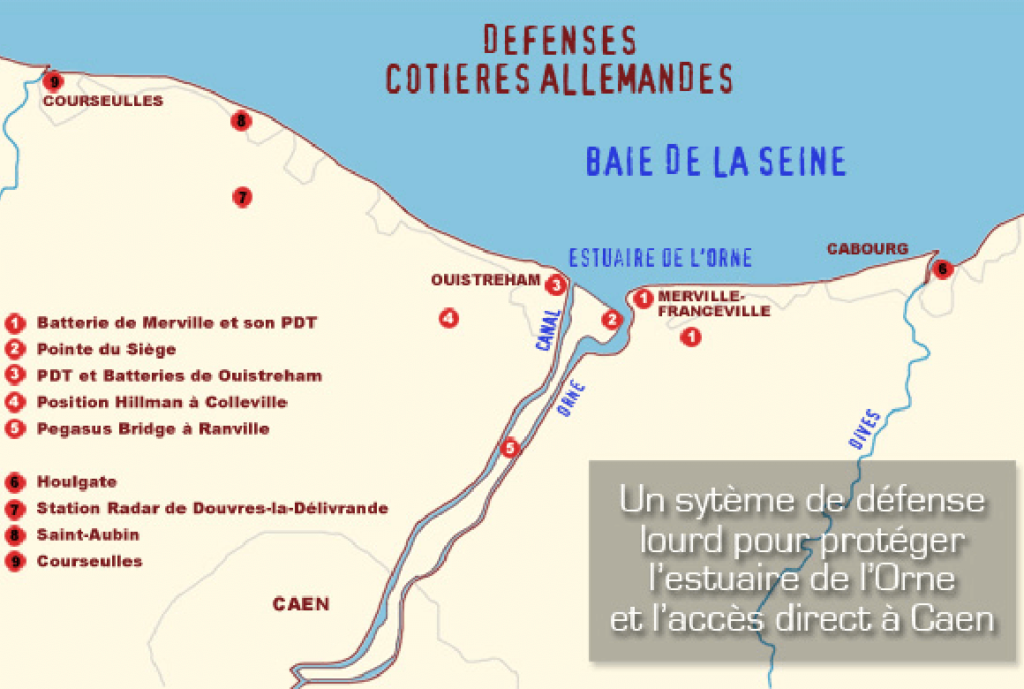


Concentration of defences against the Orne estuary
As the link between the Orne Estuary and Caen, the capital of Lower Normandy, this has always been a strategic site.
The Redoubt, built in 1779 according to Vauban’s plans and still present on the beach at Merville-Franceville, attests to this undeniable reality.
Not for nothing did the Germans heavily fortify this estuary. They also feared direct access to Caen across the sea.
Field Marshal Rommel had cables laid to block this access, as well as the existing heavy artillery defences.
Moreover, Erwin Rommel, present on the heights of Amfréville to the east of the Orne, declared in 1944 that this stretch of territory was the lock through which the invasion troops would break through into France and consequently into Germany.
It was therefore not an easy task for the 6th Airborne Division, which had to control this strategic position in order to become the eastern shield of the landing and be the footstool and pivot of the future Allied progression.
Command of the Merville battery
The Merville Battery Command was decapitated during an RAF bombing raid in May 1944.
At the beginning of 1944, the Merville Battery was under the authority of Captain Karl-Heinrich Wolter. His deputy was Rudi Schaaf. They were supported by an officer and two sub-officers. Peter Timp was the officer responsible for observation. Johannes Buskotte was Sergeant Major and Sergeant Fritz Waldmann was responsible for regulating the Merville battery firing.
On 19 May 1944, Captain Karl-Heinrich Wolter travelled to join his mistress. A massive bombing raid was aimed at the Merville Battery that night and completely destroyed the place where the Captain and his mistress were spending the night. Thus was the Merville Battery command decapitated. Lieutenant Raimund Steiner was appointed to head the Merville battery as his successor.
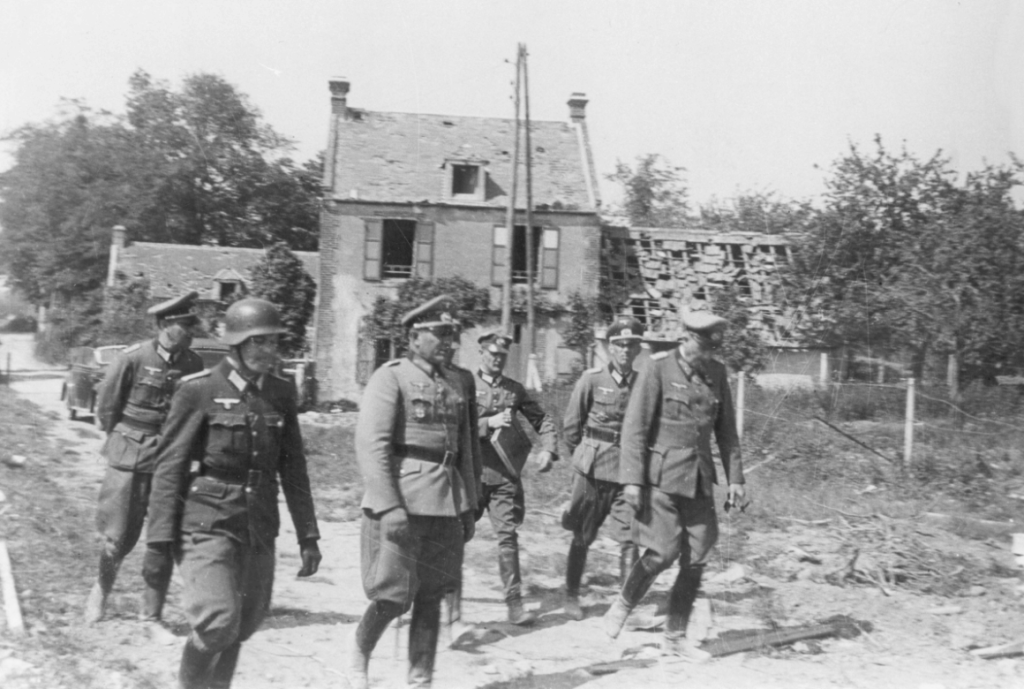
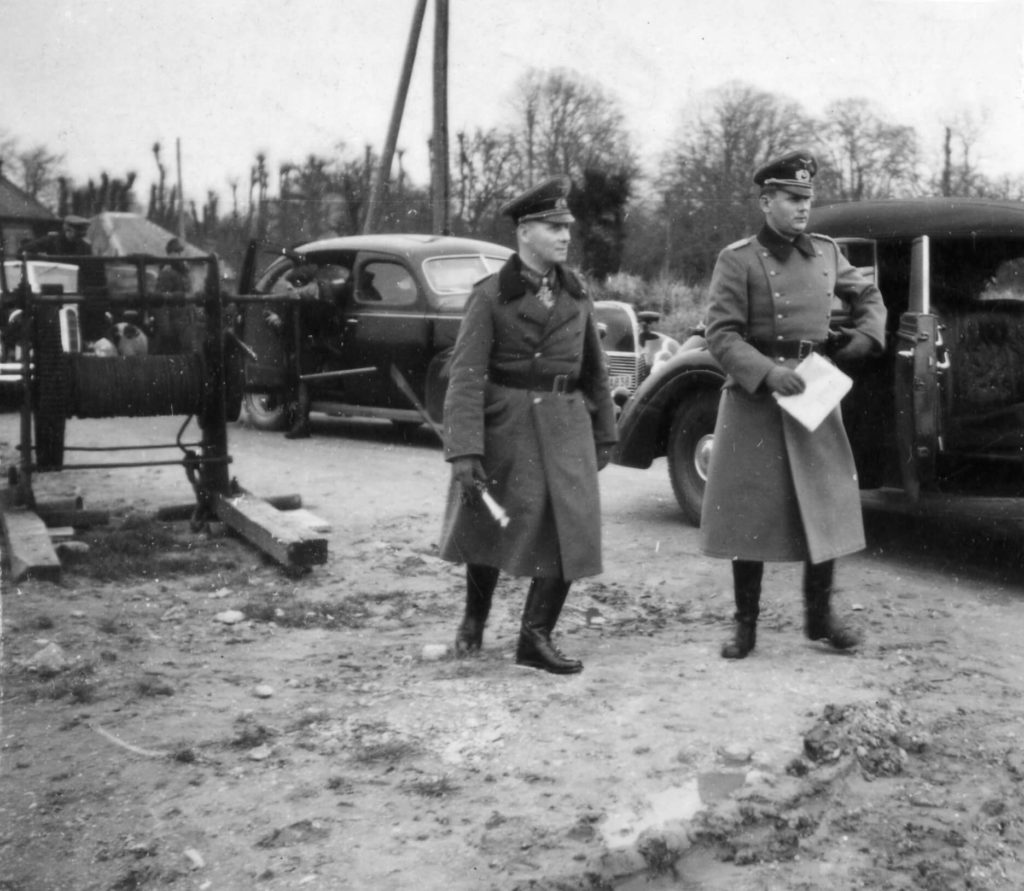

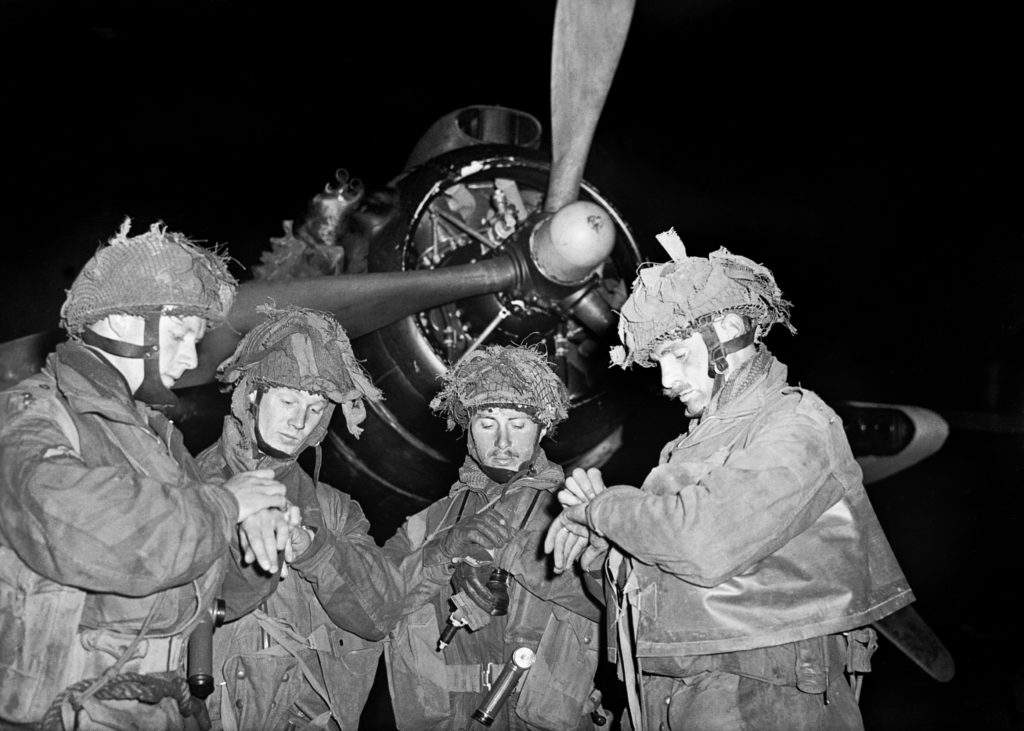
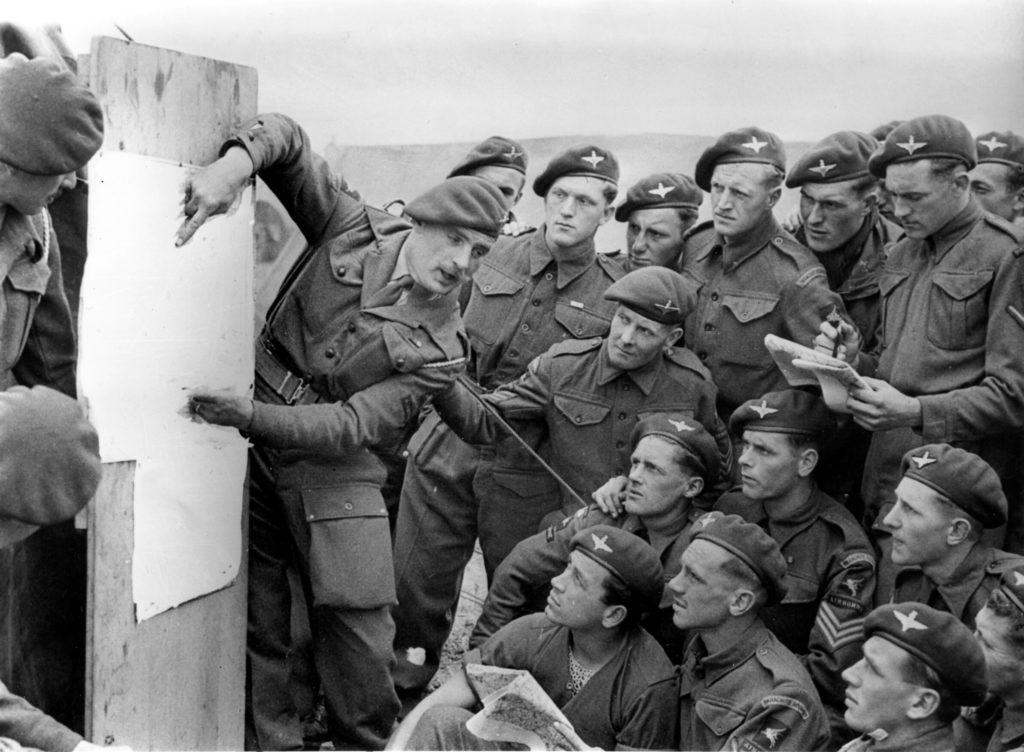
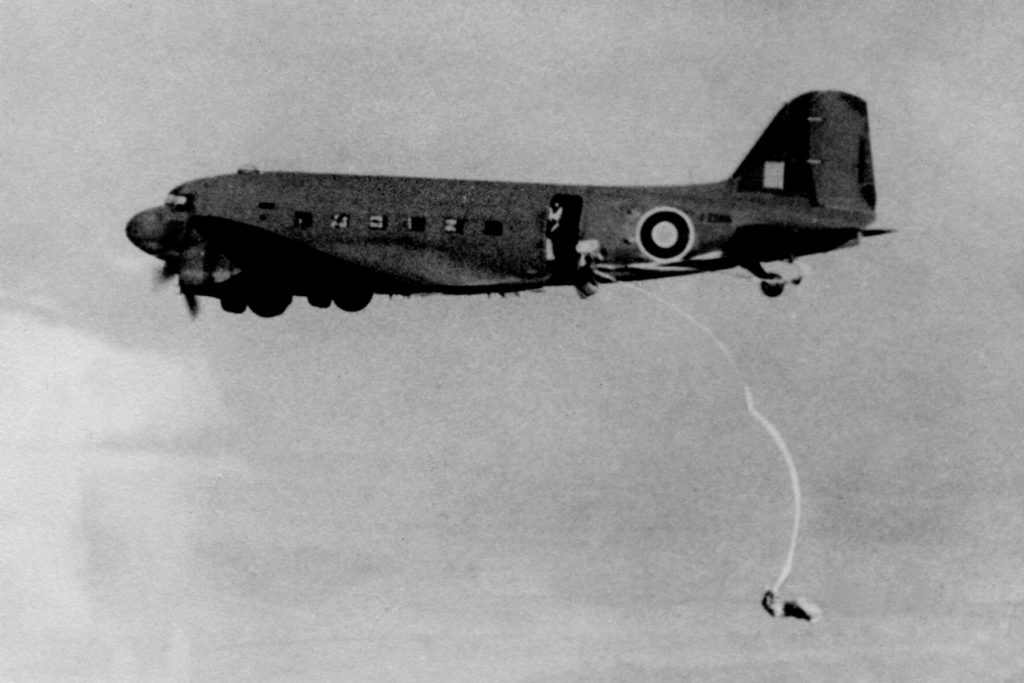
SHAEF designated the Merville Battery as a priority target.
It was essentially the largest of the concrete pillboxes in the Merville Battery, the H611 type, that led the Supreme Headquarters Allied Expeditionary Forces (SHAEF) to classify the defensive position as a vital and priority D-Day objective.
Why? Because the Germans did not usually build these pillboxes to house simple howitzers, in this case 100-mm guns. These pillboxes usually housed 155-mm guns with an average range of 17 km. The landing beaches in Sword sector, opposite Ouistreham Riva-Bella to the west of the Orne, were under direct threat from the Merville Battery. This undoubtedly meant the possible failure of Operation Overlord. The guns of the Merville Battery therefore had to be silenced at all costs before the landing operations of 6 June began at 6 am. Hence the classification adopted by SHAEF for Lieutenant Steiner’s battery.
Terence Otway had also wondered about the real calibre of the guns in the Merville Battery as there were no aerial photographs to allow them to be identified with any certainty. He came to the same conclusion as SHAEF, believing that the Germans would never have cast so much concrete if what was inside did not warrant it.
In any case, no risk could be taken in the largest air and ship operation ever planned and carried out.
In addition, it is conceivable that the Germans, as with many other batteries, had planned to install more powerful guns.
A question from Lieutenant Steiner during the last visit of Artillery General Erich Marcks, his immediate superior, suggests that new parts were expected shortly.
The Merville Battery
on 6 June 1944
By 6 June 1944, the Merville Battery had five hectares of heavy defences and significant numbers of men.
Indeed, the Merville Battery personnel consisted of 80 artillerymen of the 1/AR 1716 and 50 men from the Engineers. The battery was placed under the command of Sergeant Major Johannes Buskotte. Its battle station was located inside the battery, in the command bunker. Its bunker was linked to the command blockhouse of the fire direction post, occupied by Lieutenant Steiner on the beach at Merville-Franceville, by buried armoured cables.
Its fire power consists of its four 100-mm howitzers housed in concrete pillboxes. Weight: 2,900 kg. Maximum range 10 km. Weight of shell: 16 kg. Rate of fire: 8 strokes per minute.
The defences consist of minefields, deep barbed wire double networks, tobruks, a Flak that can be directed to the ground, a huge anti-tank ditch, trenches and multiple bunkers.
Not for nothing did Brigadier James Hill, in his briefing to Lieutenant Colonel Otway, refer to the mission to which he was assigned as “particularly foul”!
